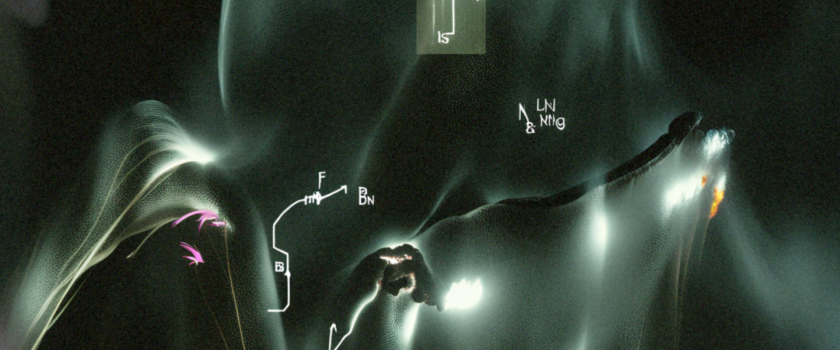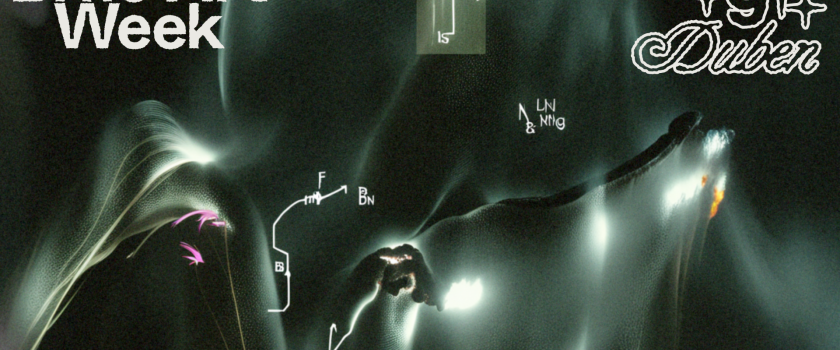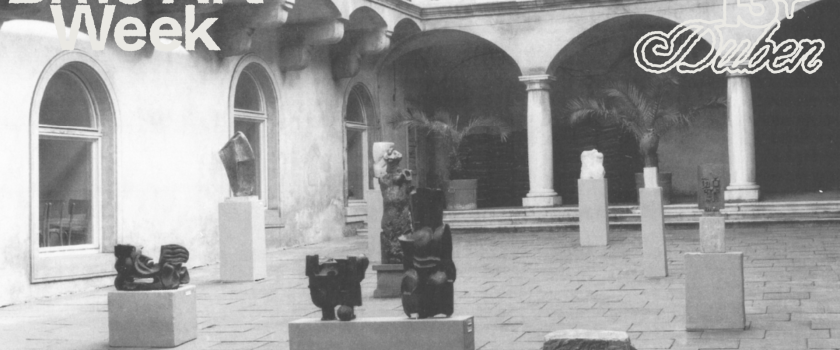Reflecting on his “urge to translate the two-dimensional image into an object,” Woody Vasulka once explained that it was “quite natural or evolutionary to electronic imaging.” In this paper, I will attempt to elucidate Vasulka’s surprising statement, which also applies to part of Steina’s work, by examining the sculptural nature of their experiments with video. In particular, I will look at Woody Vasulka’s early training in metallurgy and his relation to the legacy of Constructivism, both of which connect with his Czech background.
Larisa Dryansky is Associate Professor of Contemporary Art History at Sorbonne Université. Her research focuses on the intersections of art, science, and technology in postwar and contemporary art, and on technical images (photography, film, video). She is currently completing a book on materiality in postwar and contemporary art, which includes a chapter on the Vasulkas. In addition to her first book, Cartophotographies: De l'art conceptuel au Land Art (2017), she has co-edited several volumes, including recently Repenser le médium: Art contemporain et cinéma (2022), and has published internationally in academic journals, edited volumes, and exhibition catalogs. From 2014 to 2016, she was Senior Fellow ("Conseillère scientifique") in charge of contemporary art history programs at the French National Art History Institute (INHA).


